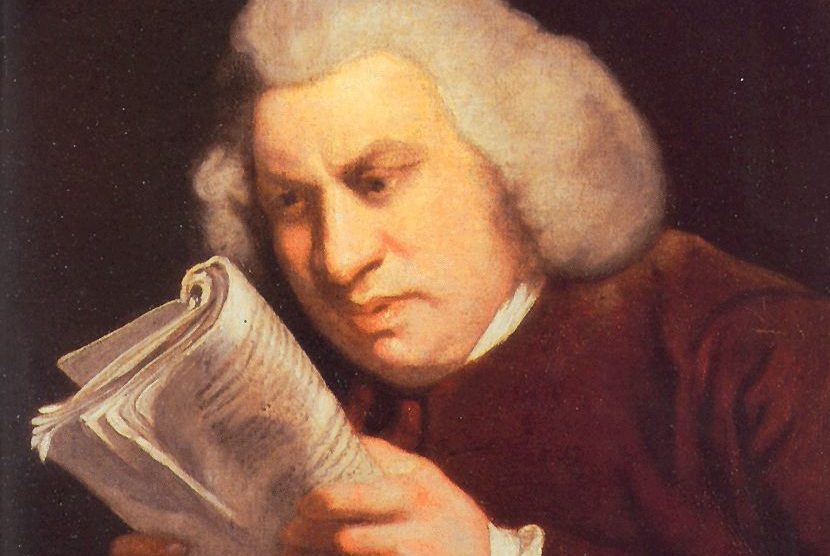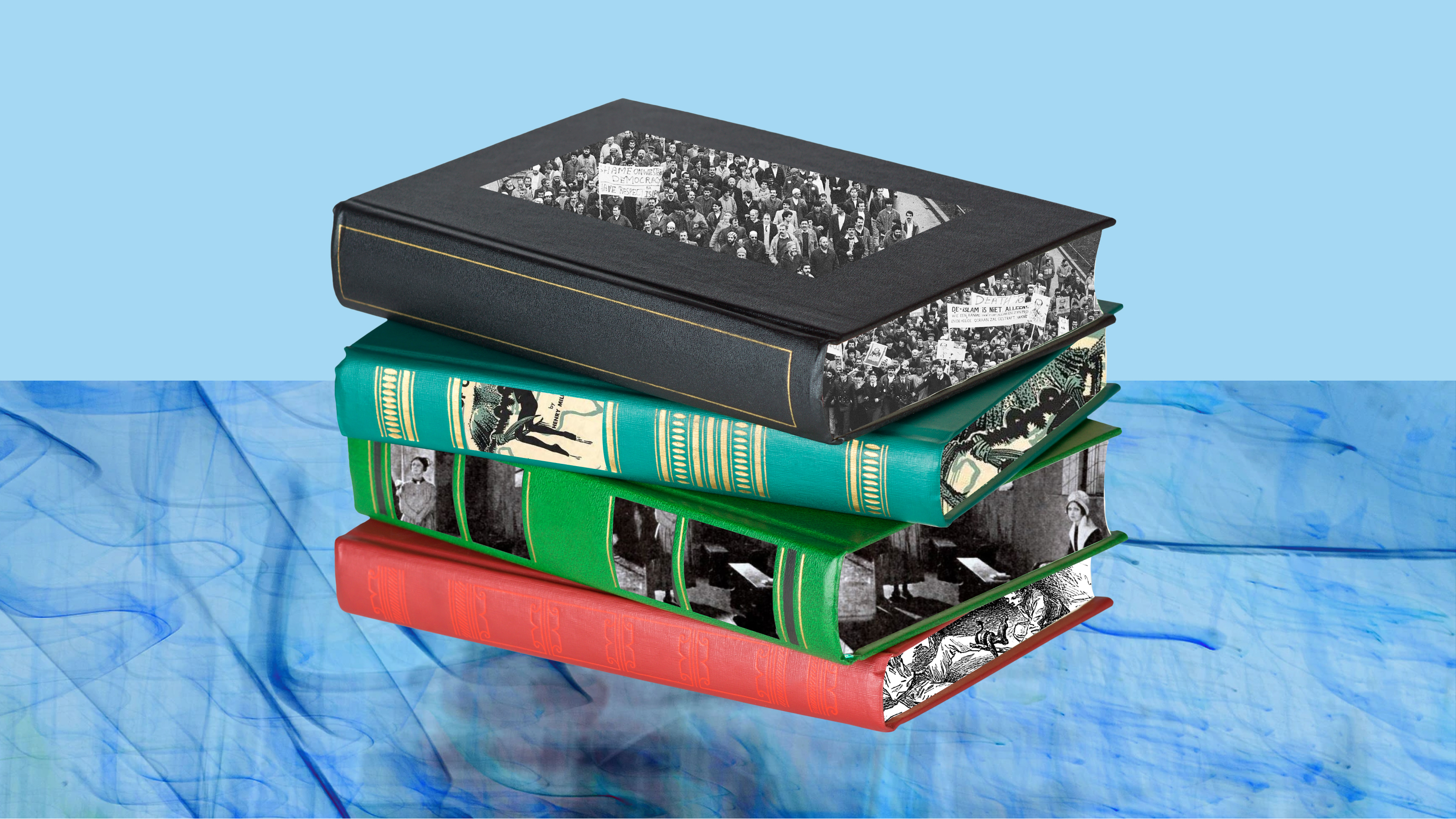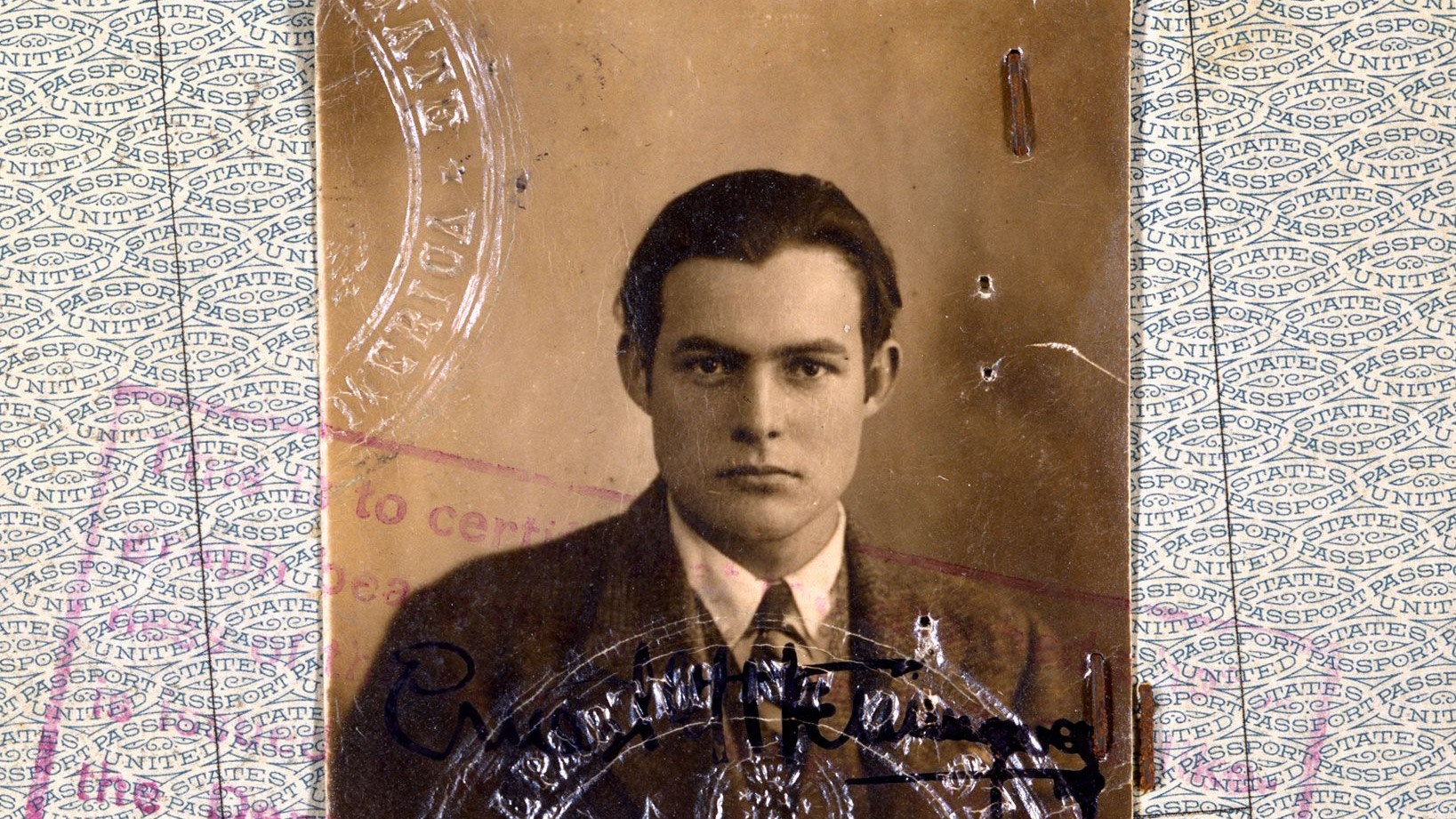5 great books with dark insights on criminal psychology

- Exploring the criminal mind through literature can offer a deeper understanding of what drives individuals to criminal acts.
- These books paint chilling portraits of cold-blooded murderers, unhinged sociopaths, cunning con artists, and ordinary people driven to extraordinary deeds by circumstance and pressure.
- Great crime books don’t just recount crimes but rather dive into the hearts and minds behind them, illuminating the fascinating and sometimes terrifying labyrinth of criminal psychology.
Understanding criminal psychology from textbooks alone can be like looking at a half-painted picture. Sure, you have an understanding of the color, technique, and general idea, but how these elements work together can get lost. This is where literature can fill a gap. These five books offer a window into what makes criminals tick.
In Cold Blood by Truman Capote
“I thought that Mr. Clutter was a very nice gentleman. I thought so right up to the moment that I cut his throat.”
In Cold Blood is a nonfiction novel by Truman Capote first published in 1966. The result of extensive research on the murder of the Clutter family of Halcomb, Kansas, undertaken while the crime was being solved and the perpetrators punished, the book is a chilling look into the anatomy of a murder. It’s also an early example of New Journalism, as Capote and his research assistant, friend, and titan of American literature Harper Lee were recording and participating in some of the novel’s events as they happened.
Truman Capote was able to meet the men convicted of the murder before they were executed. The author spent a good portion of the book detailing their lives, personalities, and motivations. Neither of them had enviable childhoods, both suffered severe head injuries, and both began in petty crime. How they went from these clichéd backstories to believing that a farmer was keeping $10,000 (over $100,000 in 2023 terms) in his house and that this was worth killing for is the basis for a curious and terrifying set of character studies.
While parts of the novel are now suspected to be less than totally factual, it remains an excellent book and well worth the read. Just don’t read it with the lights out if you live in a small town.
American Psycho by Bret Easton Ellis
“All I have in common with the uncontrollable and the insane, the vicious and the evil, all the mayhem I have caused and my utter indifference toward it, I have now surpassed.”
American Psycho critiques 1980s capitalism, yuppie culture, and the terrifyingly thin line between acceptable sociopathy and madness. It follows the life of the handsome, successful, and utterly insane Patrick Bateman, a stockbroker who treats human beings as commodities — as expendable as Huey Lewis and the News records.
The novel uses a first-person, stream-of-consciousness style that offers a chilling portrait of Bateman’s mindset. Chapters sometimes begin and end in mid-sentence. Tirades against pop music follow descriptions of nauseating horror. This psychopathic worldview is contrasted with his public persona of a typical stockbroker, providing a scathing look at the nature of American culture at the time. Of course, Bateman is completely insane and, therefore, an unreliable narrator. Even the author is unsure if Bateman actually killed anybody or not.
What makes American Psycho so interesting is that it is common for people to treat monsters like Patrick Bateman as the result of insanity and mental processes we can’t or don’t want to imagine. With the stream-of-consciousness style, we are provided with a direct look at what is going on in the monster’s mind. While most of the books on this list are graphic in some sense, this one is extremely so. The weak of heart or stomach should skip this one.
Crime and Punishment by Fyodor Dostoevsky
“I like it when people lie! Lying is man’s only privilege over all other organisms. If you lie—you get to the truth! Lying is what makes me a man.”
One of Russia’s many long yet rewarding masterpieces, Crime and Punishment is an 1866 novel by Fyodor Dostoevsky. It explores themes of nihilism and utilitarianism while anticipating the arguments of existentialist thinkers, particularly Nietzsche.
The story follows the life of Rodion Romanovich Raskolnikov as he plots to murder a pawnbroker for her money. He plans to use the money to finance a great and noble life, though he spends a fair amount of time trying to justify that to the reader and himself. His rational and emotional responses to his planning and the aftermath of his actions drive the novel, which has rightfully earned its place in the canon of world literature.
Raskolnikov’s characterization is complex, and other characters mention that he sometimes seems like two people. His dual nature is also explored in the two characters of Sonya and Svidrigailov. His intellectual side is cold and calculating, while his more humane side is often compassionate. Dostoevsky’s writing gives us a look at one of the more intriguing kinds of criminal minds — that which is both able to commit a horrid crime and, at the same time, experience an emotional response to it. Unlike an unrepentant monster, this is a character with whom people can feel some kind of kinship.
Because the book was published before the invention of the modern doorknob, it can be read for free here.
Catch Me If You Can by Frank Abagnale, Jr.
“If I had to place any blame for my future nefarious actions, I’d put it on the Ford. That Ford fractured every moral fiber in my body. It introduced me to girls, and I didn’t come to my senses for six years. They were wonderful years.”
Catch Me if You Can is the story of Frank Abagnale, Jr., a convicted felon and conman who reports having committed a series of impressive cons in the mid-20th century. The self-identified conman writes of having faked his way through being a pilot, hospital administrator, and lawyer.
Unlike in the film version, where he is motivated by a need to impress his father, the book makes it appear that he committed these crimes for the simple reason that he could. After starting with petty check fraud and other minor schemes, Abagnale’s lies get bigger and bigger. It is a situation many of us will recognize (even if we’ve never used deceit to log a million miles on Pan Am flights).
Unlike other books on this list, which are either fictional or written about other people, this at least semi-autobiographical book provides a look at the thought process of a criminal as reported by that individual. Several of the author’s claims have recently been challenged, and it is now known that many of the events in the book were, at the very least, exaggerated. Fortunately, an exaggerated autobiography about a conman is still an accurate autobiography about a conman.
Gone Girl by Gillian Flynn
“There’s something disturbing about recalling a warm memory and feeling utterly cold.”
Gone Girl is a 2012 thriller novel by Gillian Flynn. Exploring a disappearance in Missouri, the novel dives into questions of family life, perspective, and the psychology of its characters. A film version was made in 2014.
The novel shifts between different narrators, providing a look at the mental processes of the victim, criminal, and the accused. These shifts, in combination with the complexity of the crimes described and the plotline’s various twists and turns, provide an exciting look into how stressors can turn a typical person into a criminal. Later in the story, the question of how to dig out of a pit of lies begins to shed light on the differences between the thought processes of the reader and one of the major characters.
Perhaps most interestingly, the book offers a look at the possible thought processes of an atypical criminal. While Truman Capote tells us about people who seem predestined for a life of crime, Flynn’s characters have the appearance of otherwise upstanding people. It is only when we can dive into their minds that we come to understand the horrors lying behind a seemingly desirable life. The novel also features a fantastically unreliable narrator.





